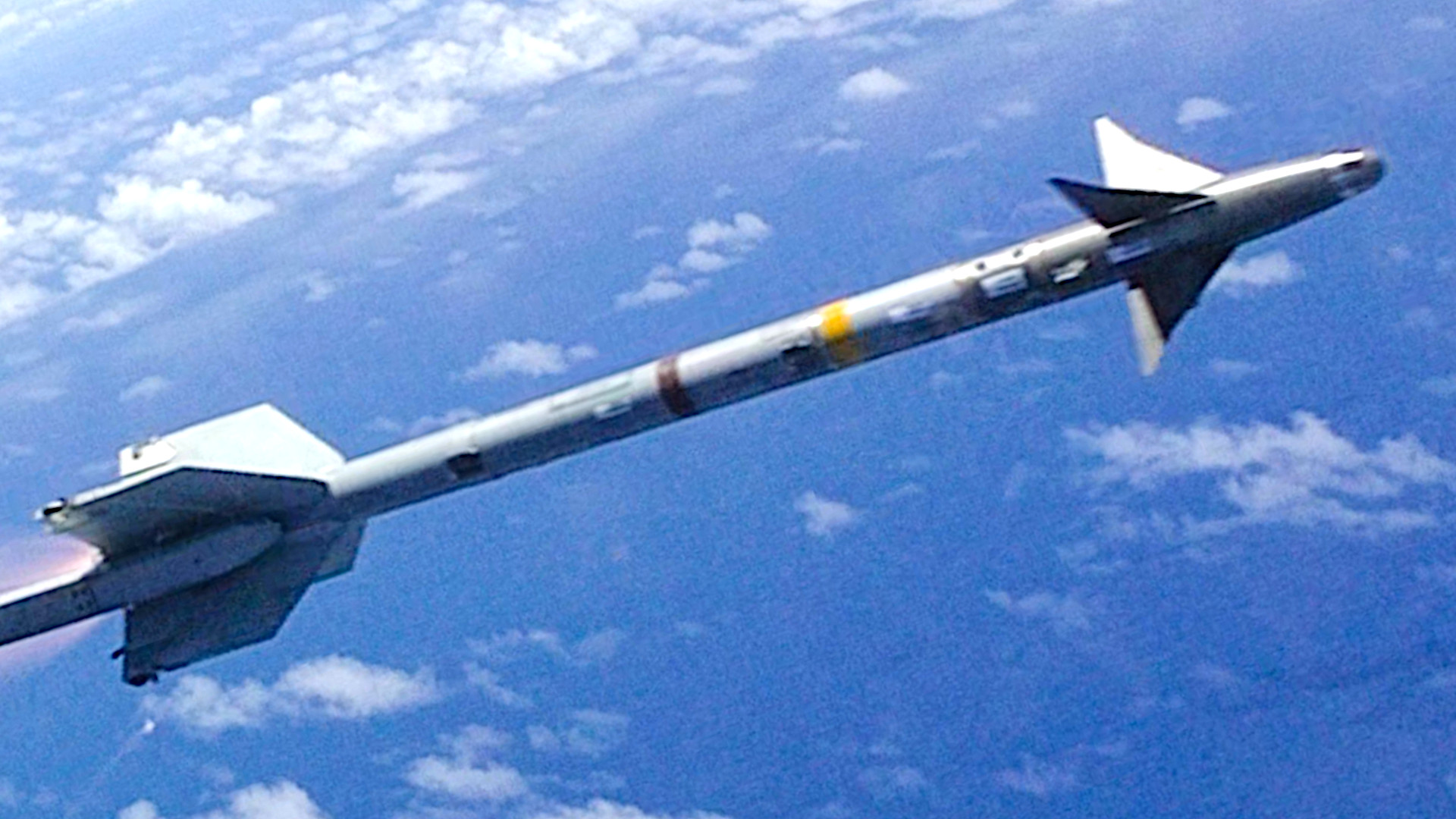The U.S. military says it will soon deliver “new” air defense systems to Ukraine that fire AIM-9M Sidewinder heat-seeking missiles. What these systems are remains a mystery, but The War Zone has previously discussed the possibility of a surface-to-air Sidewinder capability for the Ukrainian forces. This followed the unexplained inclusion of AIM-9Ms, an older air-to-air version of the Sidewinder, in previous U.S. military aid packages earlier this year.
A new tranche of U.S. military aid for Ukraine “includes AIM-9 munitions for a new air-defense system that we will soon deliver to Ukraine,” U.S. Secretary of Defense Lloyd Austin said earlier today at the sixteenth meeting of the multinational Ukraine Contact Group in Brussels, Belgium.
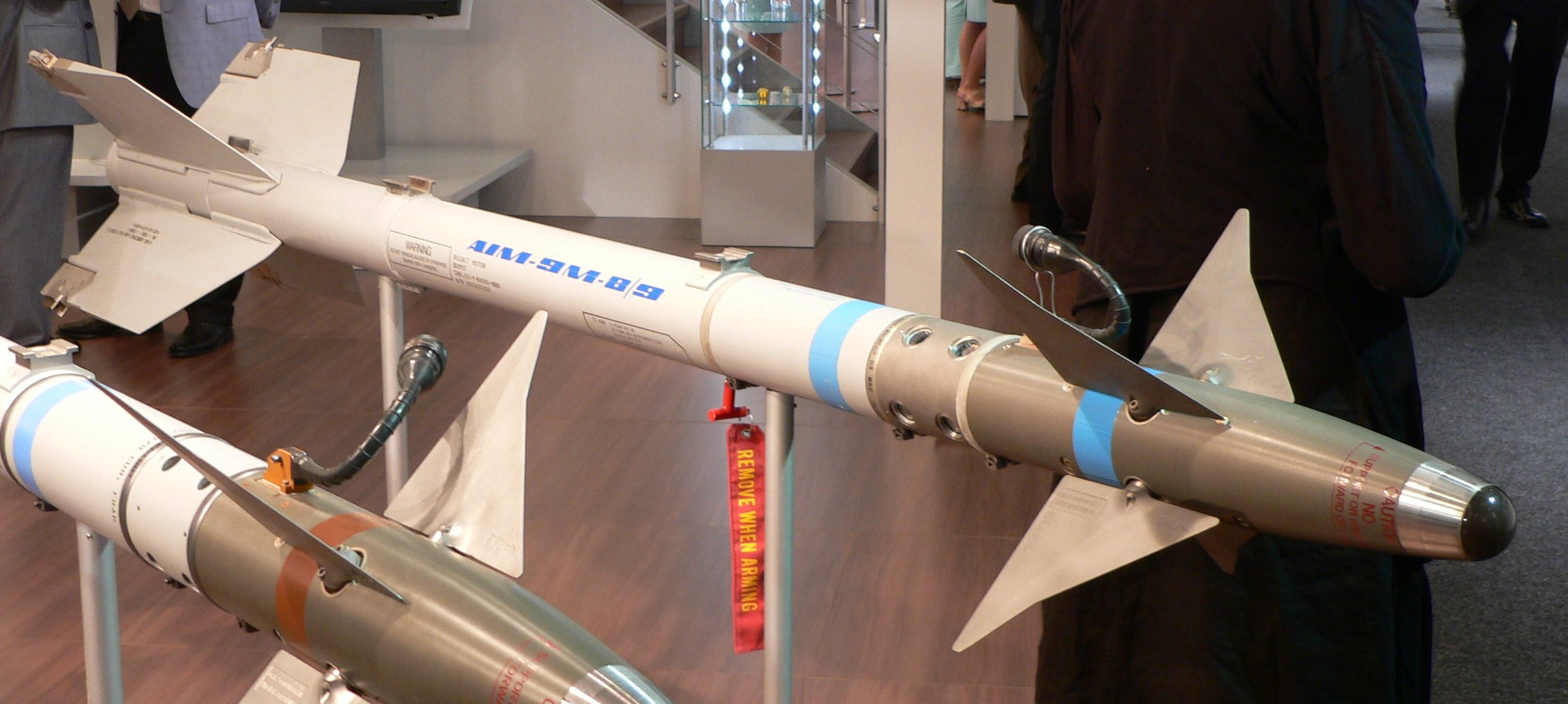
The Sidewinders are just part of the full aid package the Pentagon announced today, which is valued at $200 million. It also includes “precision aerial munitions” (a term used in the past to refer to Joint Direct Attack Munition-Extended Range precision-guided bombs), TOW anti-tank missiles, artillery and small arms ammunition, unspecified counter-drone and electronic warfare “equipment,” and more.
No details have emerged so far about what these air defense systems consist of beyond the AIM-9M Sidewinders working as their effector. The War Zone has asked the Pentagon multiple times in the past for more information about how Ukraine would use these Sidewinders.
As The War Zone has noted in the past, the idea of a ground-based Sidewinder air defense system is not new. Between the 1960s and the 1990s, the U.S. Army fielded such a system, called the Chaparral. This consisted of a turreted four-round launcher mounted on either a tracked vehicle based on the M113 armored personnel carrier or a trailer. Chaparral used derivatives of the AIM-9 Sidewinder known as MIM-72s.

Chaparral was exported to a number of countries during the Cold War and remains in limited service today, including in ground-based and navalized forms in Taiwan.
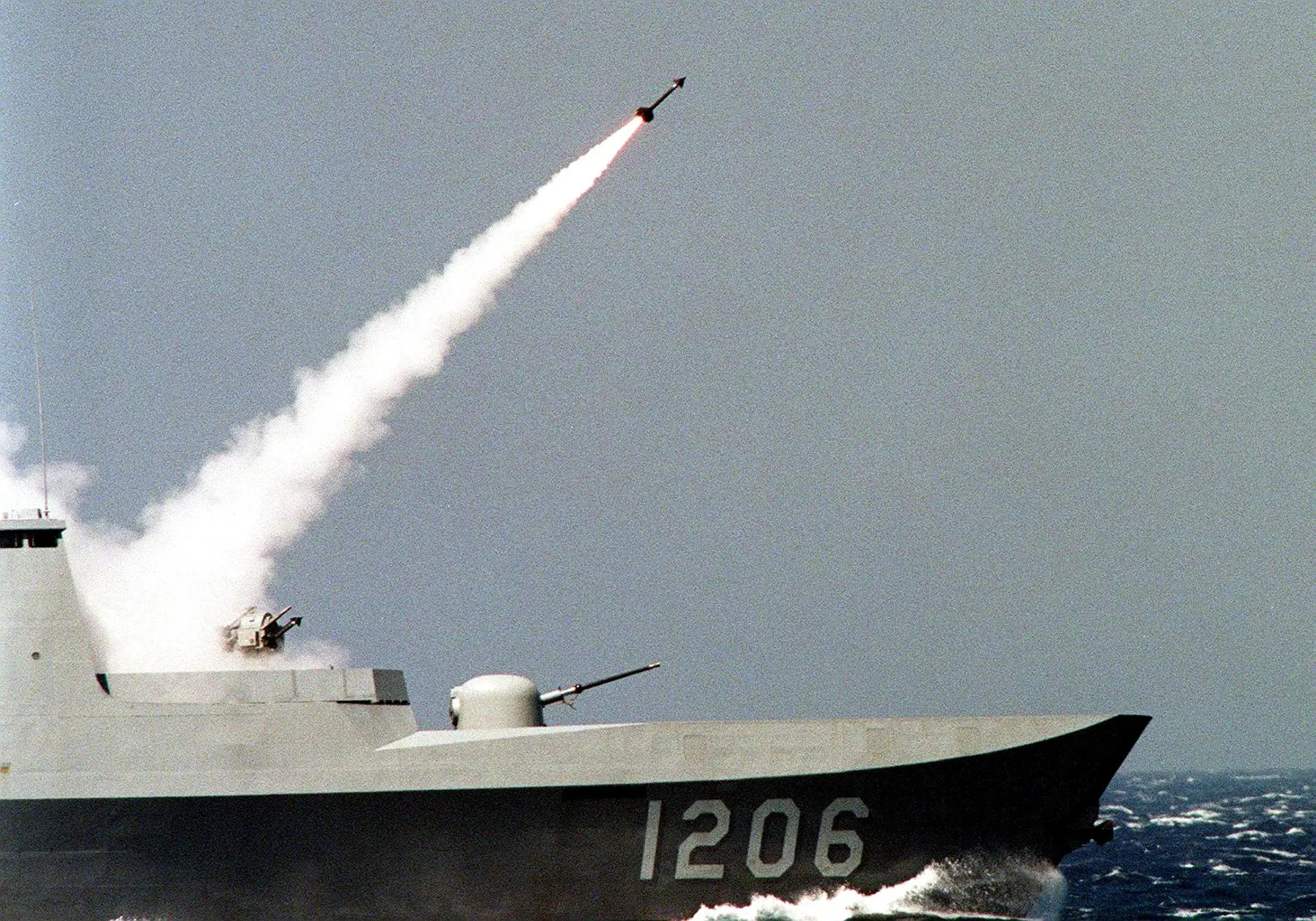
There is the possibility that the “new” air defense systems for Ukraine could just be modernized and/or modified Chaparrals capable of firing AIM-9Ms. If the U.S. military no longer has any suitable Chaparrals left in storage, it could look to acquire them from third countries for re-transfer to the Ukrainian military.
Chapparal launch systems, or just the AIM-9Ms themselves, could also potentially be ported over onto a different carrier vehicle or even a palletized platform. There is some precedent already for this latter course of action with the previously announced plans to send AIM-7 Sparrow/RIM-7 Sea Sparrow missiles to Ukraine for use as surface-to-air interceptors fired from the country’s Soviet-era Buk launchers.
Creating an all-new, but potentially more improvised AIM-9M-based air defense system is another option. The United Kingdom has already done something similar with its short-notice delivery of air defense vehicles designed to fire infrared-homing AIM-132 Advanced Short-Range Air-to-Air Missile (ASRAAM) air-to-air missiles to Ukraine earlier this year. However, unlike the AIM-132, the AIM-9M does not have high off-boresight engagement or a lock-on-after-launch capability. So, some sort of sensor, such as a slaved infrared scanner/tracker, would be needed to cue the Sidewinders to the target.
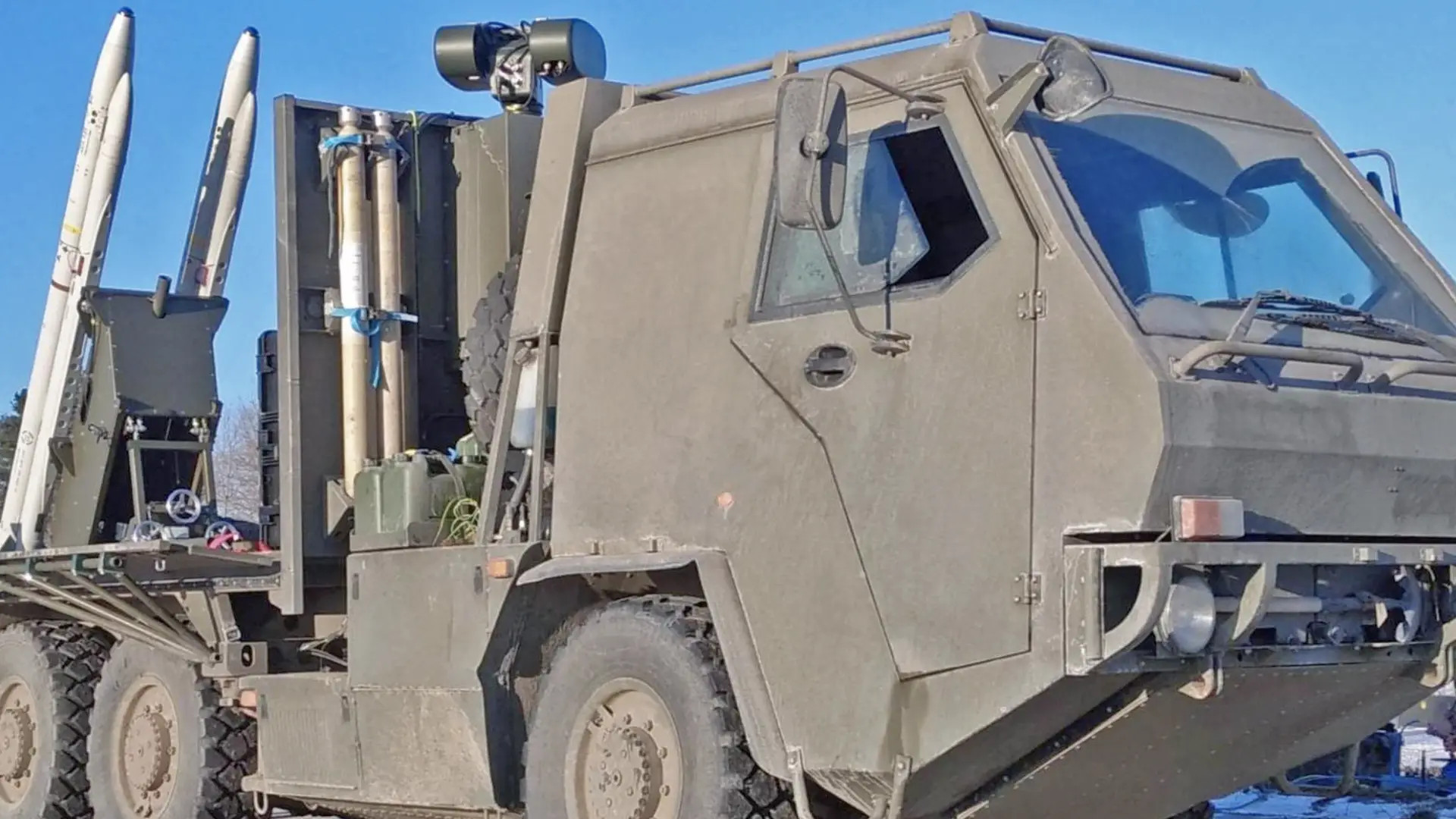
Any system making use of AIM-9Ms has the additional and perhaps most important benefit of having vast sources of additional missiles. In the United States, for instance, these older Sidewinders are increasingly available for transfer as they are being phased out in favor of newer AIM-9Xs. Many NATO members who already assisting Ukraine have stocks of AIM-9M or other similar older Sidewinder variants that they are also in the process of replacing. These could be sent to Ukraine to ‘feed’ these new air defense systems, as well. The War Zone has previously highlighted the similar value of National Advanced Surface-to-Air Missile Systems (NASAMS) supplied to Ukraine using the equally popular AIM-120 Advanced Medium-Range Air-to-Air Missile.
Whatever the case, air defense systems armed with AIM-9Ms can only help meet Ukraine’s still significant need for short-range point defenses against various aerial threats, especially Russian kamikaze drones and cruise missiles. These have become well-established now as Russia’s primary tools for striking targets deeper inside Ukraine, including high-value sites like air bases and critical civilian infrastructure.
Just yesterday, a video appeared online claiming to show a Russian Lancet kamikaze drone striking a Ukrainian Su-25 Frogfoot ground attack jet at Kryvyi Rih Air Base in south-central Ukraine. This follows the emergence of footage of an apparent Lancet strike on one of Ukraine’s MiG-29 Fulcrum fighters at the same base in September, as well as reports that the range of these drones has been increased.
Ukrainian forces on the front lines also face significant aerial threats, including from drones and attack helicopters. This only further increases the country’s need for short-range air defense systems.
With this in mind, other Western countries are also working to further bolster Ukraine’s short air defense capacity.
The United Kingdom announced a new aid package for the Ukrainian armed forces of its own today that includes MSI-Defene Systems Terrahawk Paladin palletized short-range air defense systems. The Terrahawk Paladin is a self-contained system that includes a turreted automatic cannon and a small radar array, as well as its own power source.
Terrahawk Paladin can accommodate multiple different types of guns, including the very popular U.S.-made 30mm Bushmaster II. It is not immediately clear exactly how the examples that Ukraine is now set to receive will be configured.

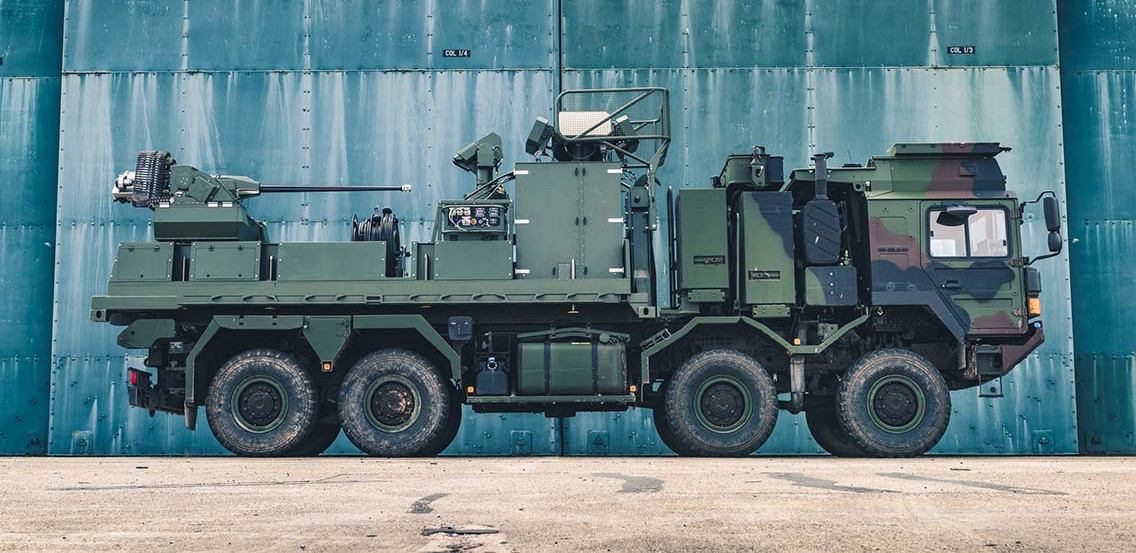
MSI-Defence Systems says that the Terrahawk Paladin can also be armed with surface-to-air missiles and laser-guided rockets. Ukrainian forces are already using Advanced Precision Kill Weapon System II (APKWS II) 70mm laser-guided rockets in counter-drone and surface-to-surface roles.
Germany separately announced today that it will be transferring more Gepard self-propelled anti-aircraft guns to Ukraine. Gerpards have already proven themselves to be indispensable short-range air defense assets in Ukrainian service. German authorities plan to send other air defense assets, including another Patriot long-range surface-to-air missile system and additional medium-range surface-launched IRIS-T systems, too.
When it comes to the new AIM-9M-based systems that the United States says it will send soon, these look set to be another useful and sorely needed addition to Ukraine’s short-range air defense arsenal.
UPDATE 10/12/2023:
Jakub Palowski, the Deputy Editor-In-Chief of Polish outlet Defence24, has raised the possibility that Soviet-era Osa wheeled surface-to-air missile systems could be adapted to fire Sidewinder missiles. Palowski highlighted this potential combination in a story last year that also noted that Polish defense contractor PGZ had previously pitched a modernized Osa capable of employing IRIS-T missiles.
Osa has the benefit of an integrated radar, which can be used to slave its turreted launcher in the direction of the target. An AIM-9M would still have to lock on to the target using its seeker before it could be fired.
Combining Osa with AIM-9M, or even IRIS-T, could be even more attractive to the Ukrainian military from a logistical perspective. It has Osas in service now, but has limited options for acquiring additional stocks of the 9M33-series command-guided missiles they were originally designed to fire. Poland has notably already sent some of its modernized Osas to Ukraine, too.
Contact the author: joe@thedrive.com
